Its appearance represents the end of gold coinage, which, at the start of Frankish rule, had either been Byzantine or pseudo-imperial. Silver would be the basis for Frankish coinage from then on.
The denier was minted in France and parts of the Italian peninsula for the whole of the Middle Ages, in states such as the patriarchate of Aquileia, the Kingdom of Sicily, the Republic of Genoa, the Republic of Siena, and the crusader state Kingdom of Jerusalem, among others.
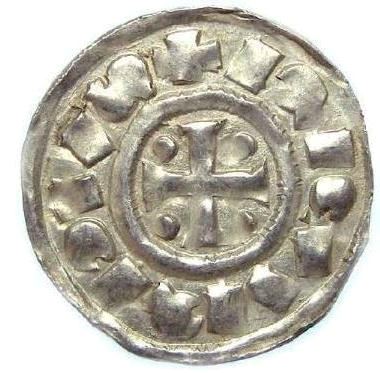
.jpg)
Reverse: ANTIOCHIA around cross downward crescent in 2nd quarter
Die Orientation: -
Weight: -
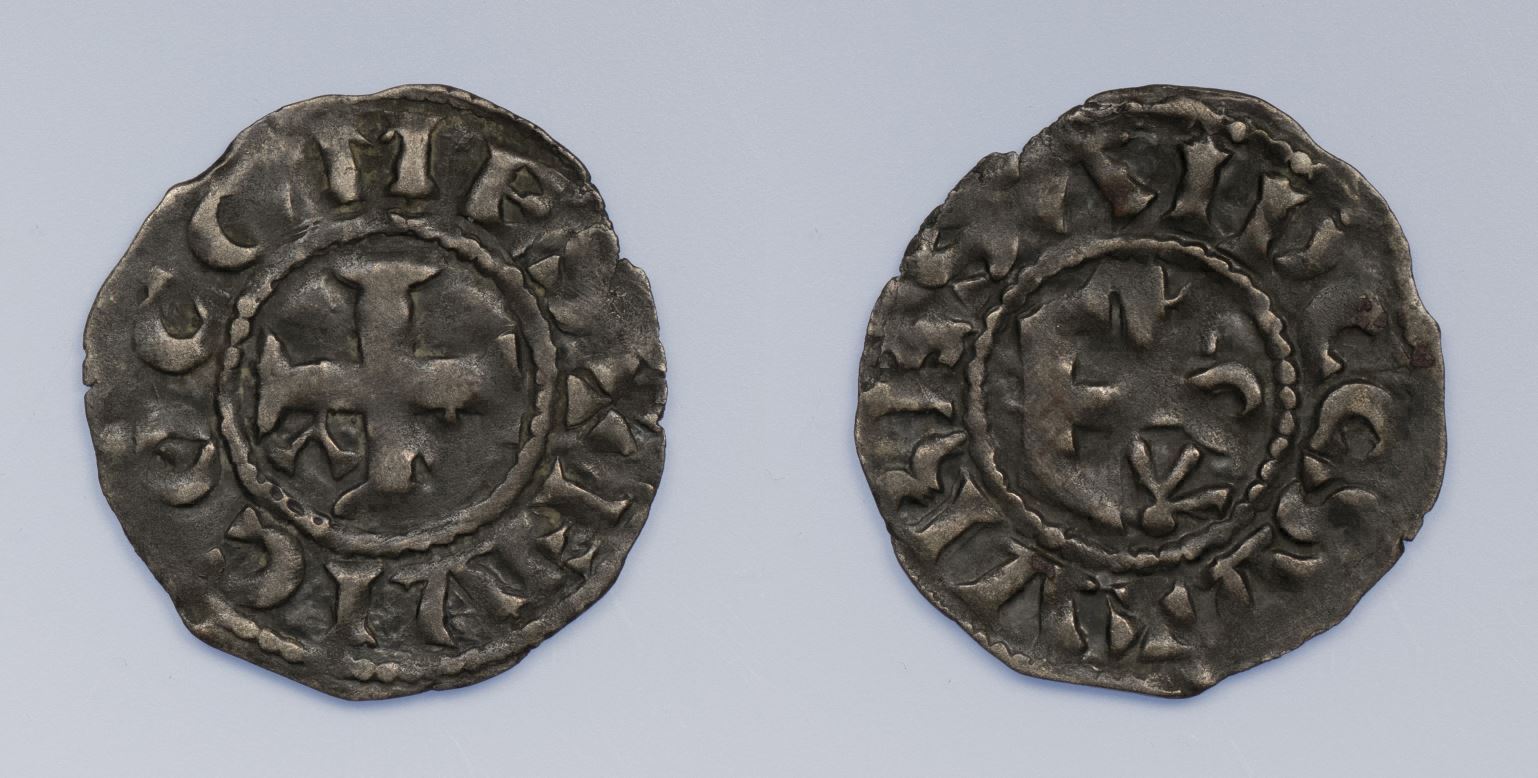
Reverse: +VRBS AIDCCSuncertain symbol, Fulk monogram at center
Die Orientation: 11 H
Weight: 0.77 g
Count of Anjou, France
AR Denier, Angers mint
Dated to the reign of Fulk IV-Fulk V, some have argued as late as the succeeding Geoffrey V Plantagenet
Fulk V would go on to be a crusader under the Knights Templar and eventually King of Jerusalem from 1131-1143
These people are possibly my Great x28, x27, and x26 Grandfathers respectively.
Translations
Obverse: "Count Fulk"
Reverse:"City of Angers"
.jpg)
Reverse: Lion of Cyprus facing left and in a ring. Inscription around it and another ring on the rim.
Die Orientation: -
Weight: -
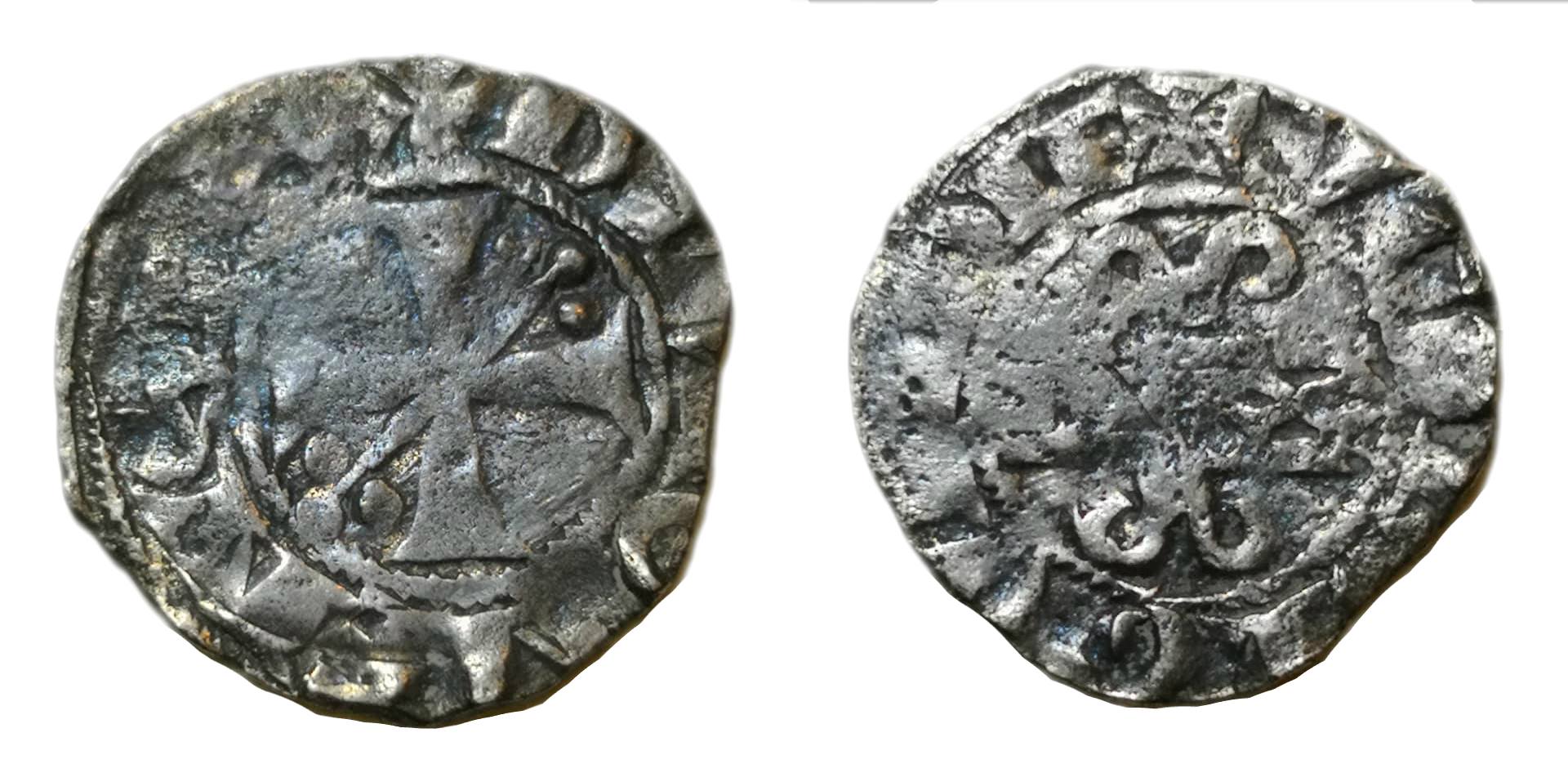
Reverse:
Die Orientation: -
Weight: -
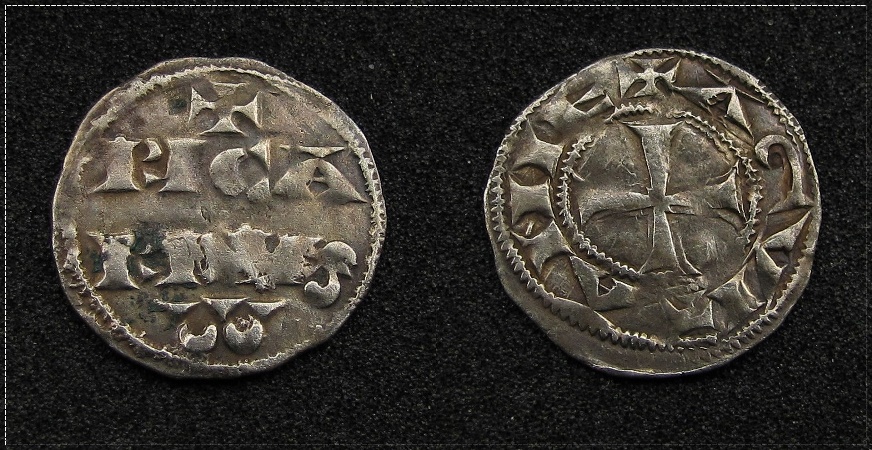
Reverse: +AQVITANIE, Cross pattee within inner circle.
Die Orientation: 0 H
Weight: 0.86 g
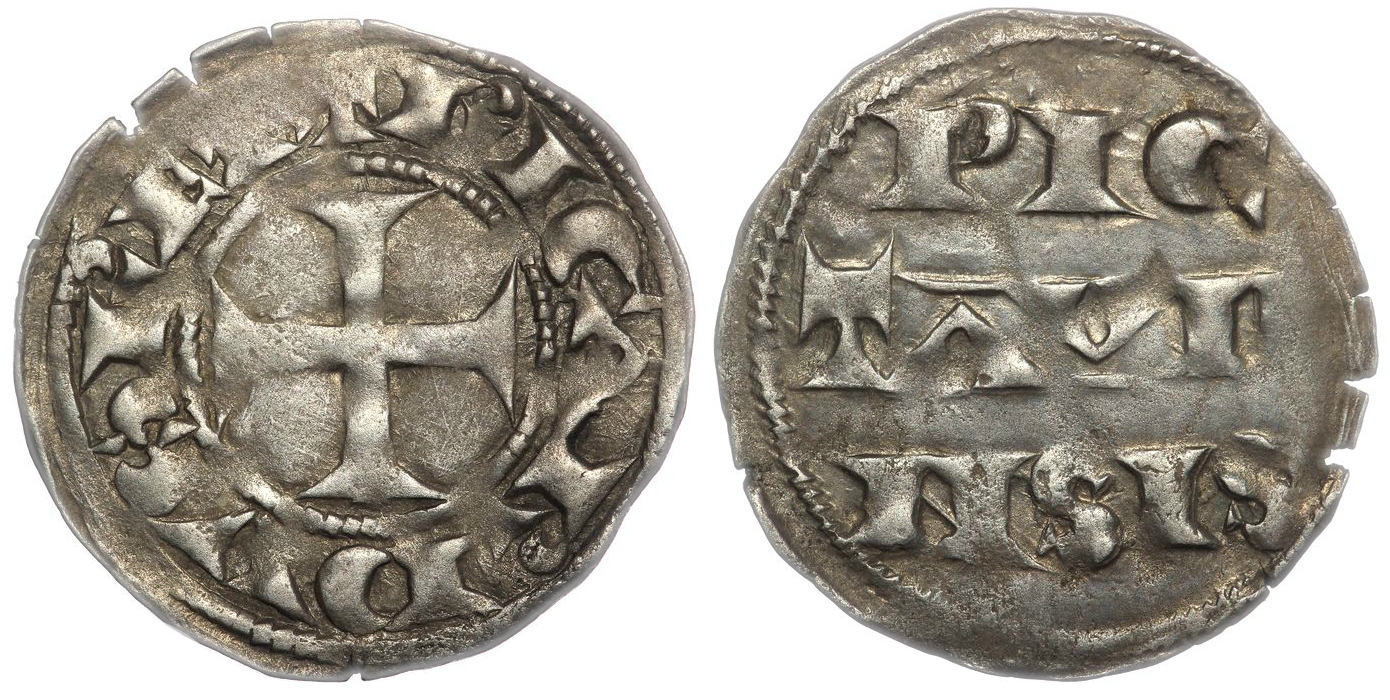
Reverse: PIC / TAVIE / NSIS in three lines
Die Orientation: -
Weight: 0.94 g
